
How to Read Dota 2 Patches: What the Numbers and Letters in Updates Mean
Enhance your gaming experience with our services
Отримайте максимум від гри завдяки професійним рішенням
How to Read Dota 2 Patches: What the Numbers and Letters in Updates Mean
A patch — or "fix" — is a term that came from rather dark times but gained a new meaning in the context of the gaming industry. In Dota 2, a patch primarily refers to a change, innovation, or fix that partially or completely alters the gameplay experience.
Generally, patches can be divided into three categories:
- Update. A major game update: global changes affecting all or most of the game’s mechanics, graphics, and gameplay.
- Patch. A medium-sized update in terms of scale and significance, introducing minor adjustments to the game world, balance, skills, or their algorithms that affect stats.
- Bug fix. Fixing issues in game mechanics, graphics, gameplay, skills, character behavior, technical glitches, or exploits that allow unfair advantages.
All these changes are usually bundled into a Dota 2 patch, and each update is labeled with special codes, mainly numbers and letters. Today, you'll learn how to read these codes and understand the content introduced in a new Dota 2 patch.
The History of Patches in Dota: From the First Version to Today
The first Dota 2 patch appeared back in 2011 with the release of the closed beta. Most updates up to 2013 (the public launch) gradually introduced heroes and polished mechanics but didn’t bring any drastic changes.
In 2013, Dota 2 patch 6.79 slightly changed the "turtle" strategy and the experience gain system. In 2014, a new Dota 2 patch introduced rune mechanics and changed the map geometry. In 2015, the release of Dota 2 Reborn marked the final step toward the game’s modern form.
The global Dota 2 patch 7.0 introduced the talent system, revamped the HUD, added a new hero, and changed the map. Up to 2020, new heroes appeared, mechanics evolved, and the gameplay shifted toward a more dynamic style.
The 2020–2023 period was marked by balance tweaks in patches 7.27, 7.30, and 7.32.
With patch 7.33, the game underwent massive changes. For instance, the map was expanded by 40%, new bosses and gatekeepers were added, and Roshan mechanics were changed. The latest Dota 2 patch, 7.38c, brought balance adjustments and fixed a number of serious issues.
How is patch numbering structured?
To identify changes in each update, a numbering format X.Y.Z is used:
- X – a global Dota 2 patch with many major changes. For example, the transition from version 6.yz to 7.yz, where all aspects of the game were radically overhauled.
- Y – fairly large-scale changes affecting the map, mechanics, talents, gameplay, and introducing new heroes, items, and systems.
- Z – minor changes, often related to bug fixes, balance tweaks, damage adjustments, mechanics, damage calculation systems, and how skills interact with the environment.
Patch numbering can also include letter values like a, b, c, and so on. These indicate balance changes for specific heroes or small mechanical adjustments.
How often are patches released, and why?
Each Dota 2 patch changes something in the game, which means it can negatively affect players who are actively learning the meta. And while Valve doesn't follow a strict patching strategy, some patterns can be observed:
Major updates are released about 1–2 times a year. These come with a lot of changes, making it a good time to study what's new.
Medium-sized updates appear every 2–3 months and bring new mechanics, reworked skills, heroes (sometimes new ones), items, and map updates.
Small patches are released every 2–6 weeks and usually contain minor balance tweaks, adjustments to hero stats, skills, items, and occasionally map changes.
Recently, the developer has been in no hurry to roll out new updates, focusing instead on fewer but more meaningful changes.
How do patches change game balance?
The changes affect various aspects. For example, the amount of damage dealt might be fixed, or the AOE skill mechanics might be changed so damage is applied even to static objects. More global updates involve major hero and map reworks, encouraging players to explore new characters, combinations, and tactics.
For instance, an upcoming Dota 2 patch might impact the current meta by weakening it or, on the contrary, strengthening already trending heroes.
No matter how patches change the gameplay, you should still improve your skills with all heroes. This is much easier if you use the mentoring service offered by Goranked.GG.
More to read
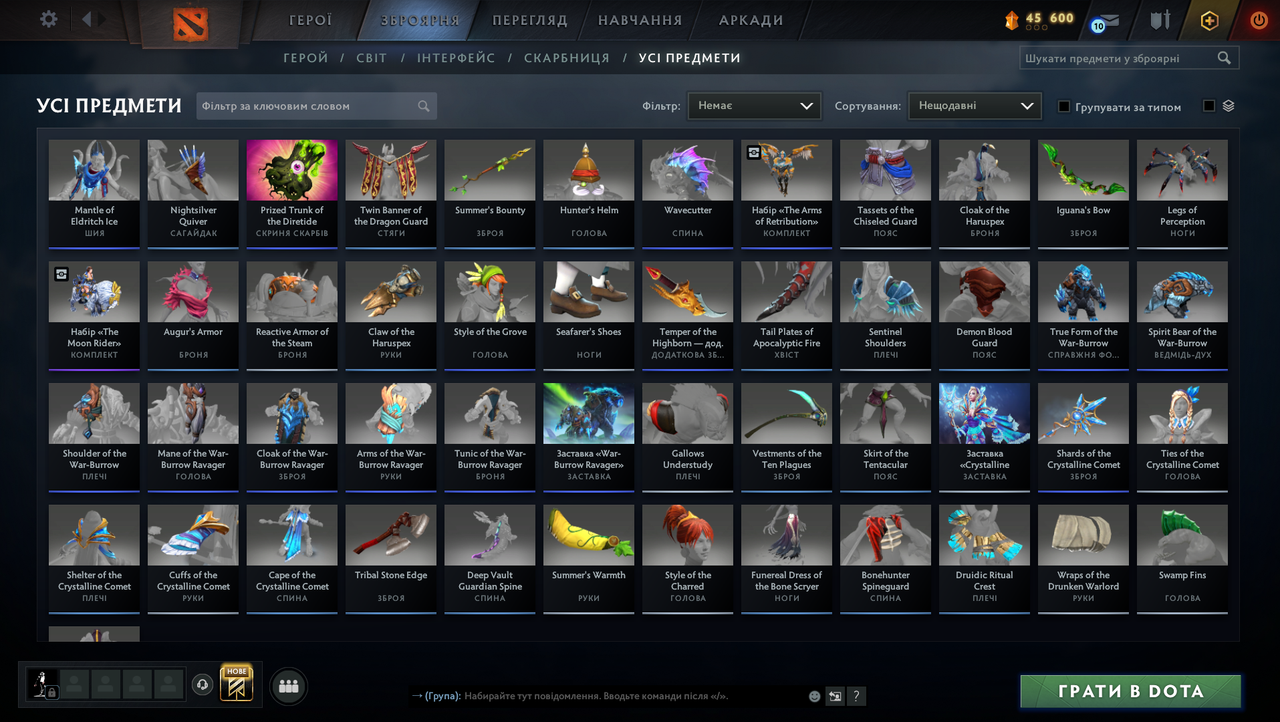
How to Check the Value of Your Inventory in Dota 2
Did you know that a Dota 2 inventory is often valued at tens of thousands of dollars?


Knives in Valorant
All knives in Valorant deal fixed damage in the range of 50–100 HP, depending on the hit position (from the back or front)
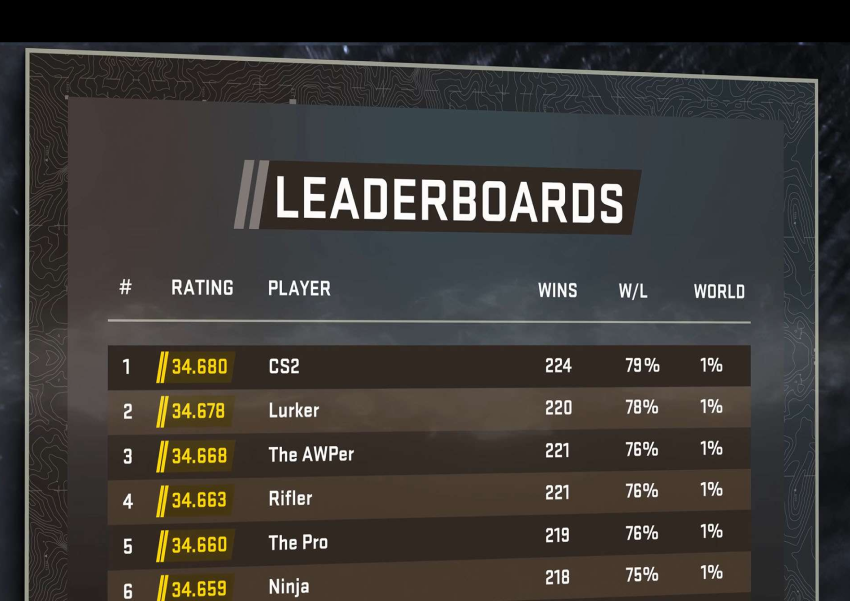
Ranks in CS2: How the Rating System Works in the New Counter-Strike 2
CS:GO rank is a sign of a player's skill, reputation, and access to matchmaking at certain levels


Maps in Valorant
Maps in Valorant play a crucial role in gameplay

Best Maps for Competitive Play in Counter-Strike 2
What are the most popular maps in CS:GO?
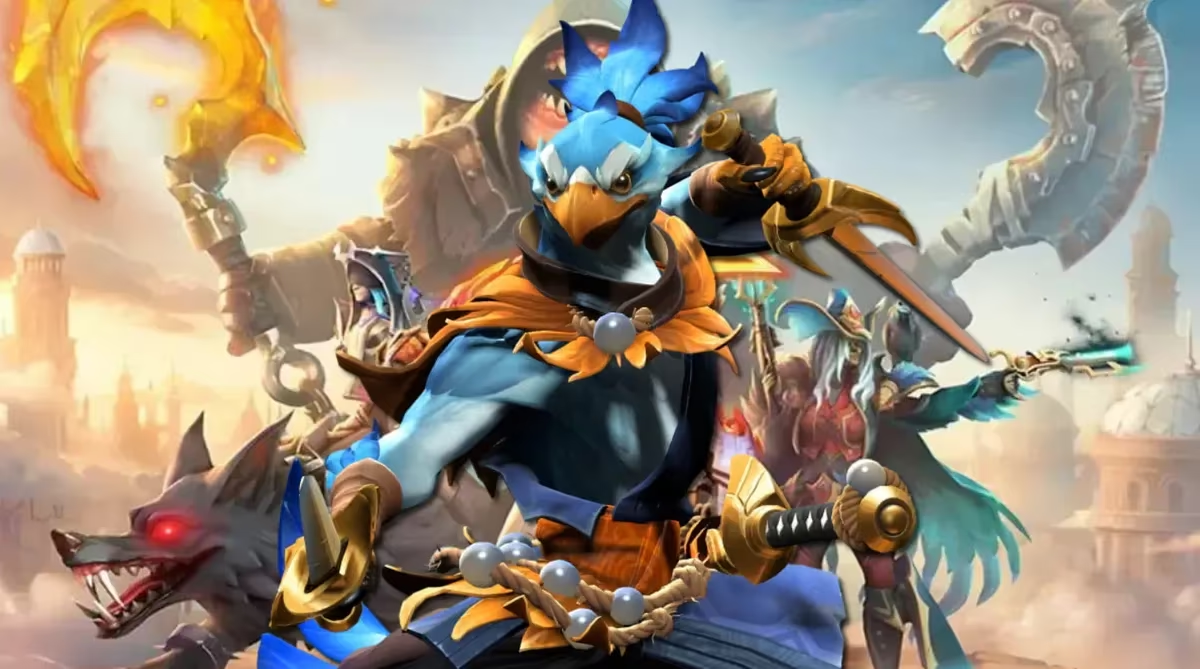
Dota 2 Launch Options – How to Customize the Game for Yourself
A Dota 2 launch option is a special system command that allows you to override some default settings with your own custom configurations


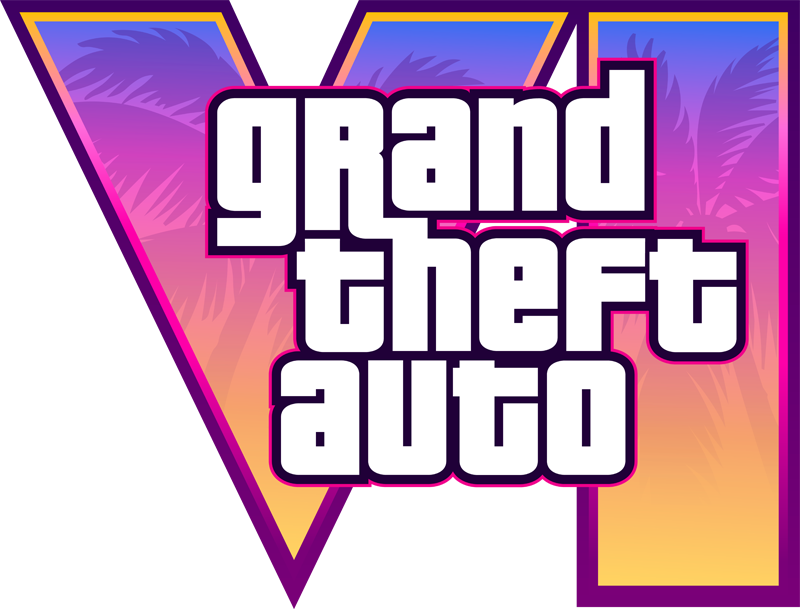
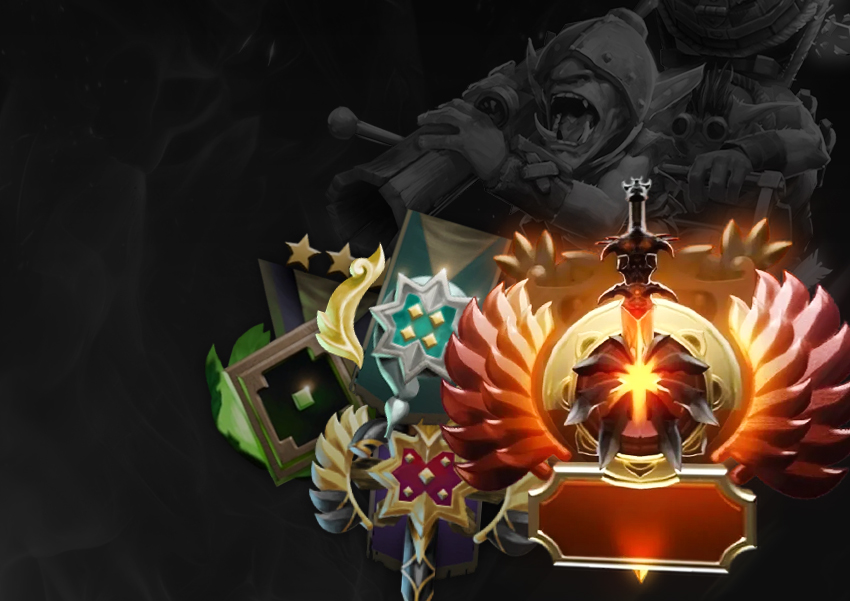
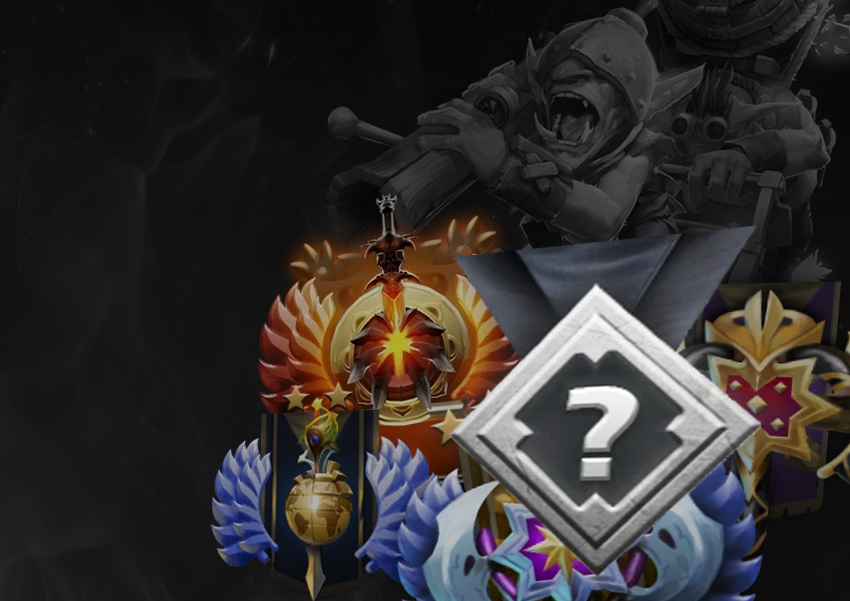

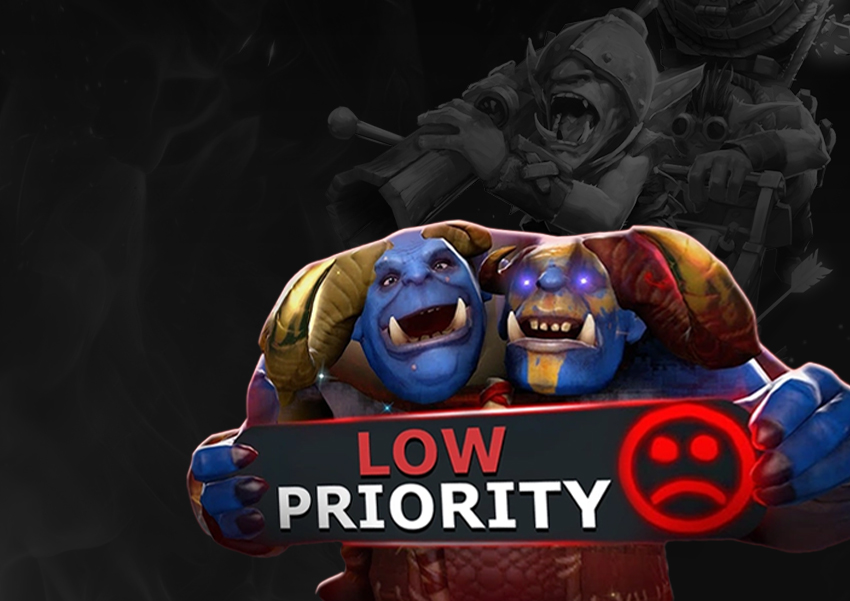
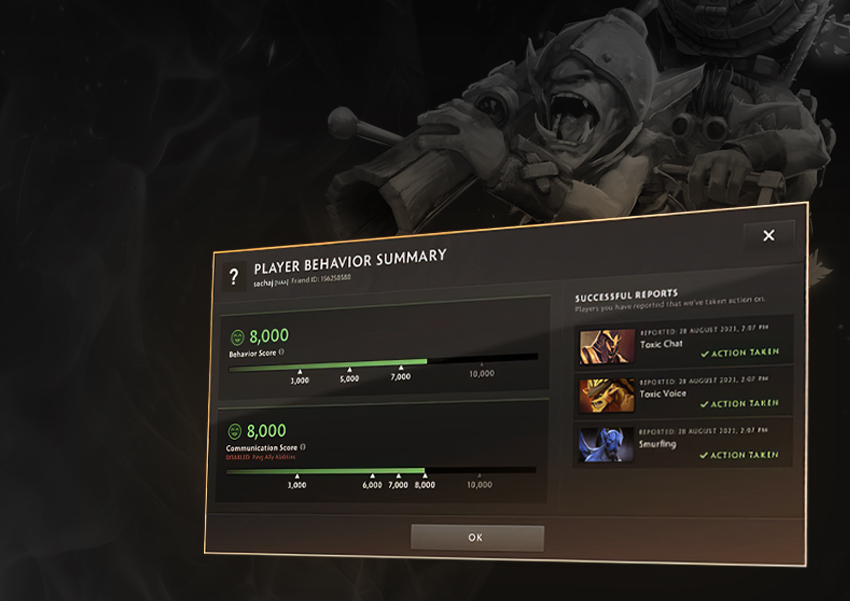
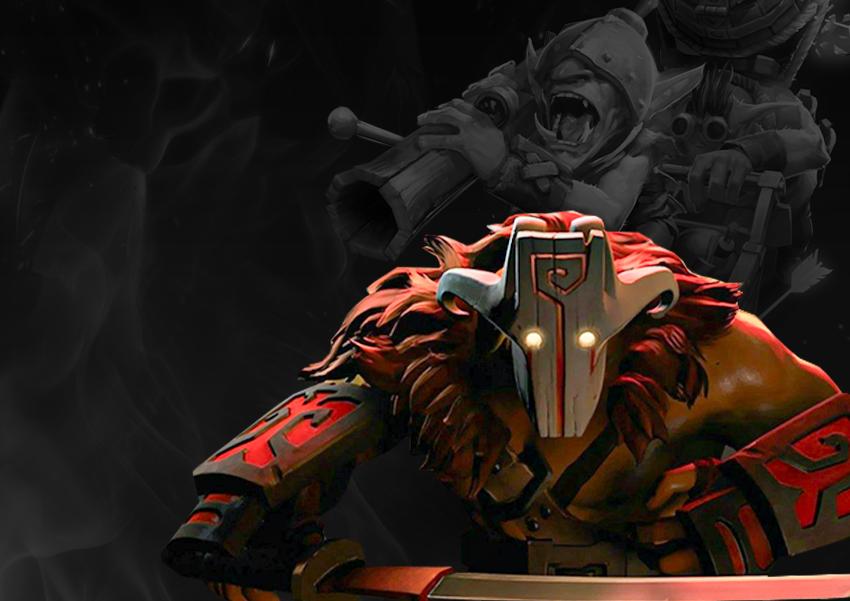


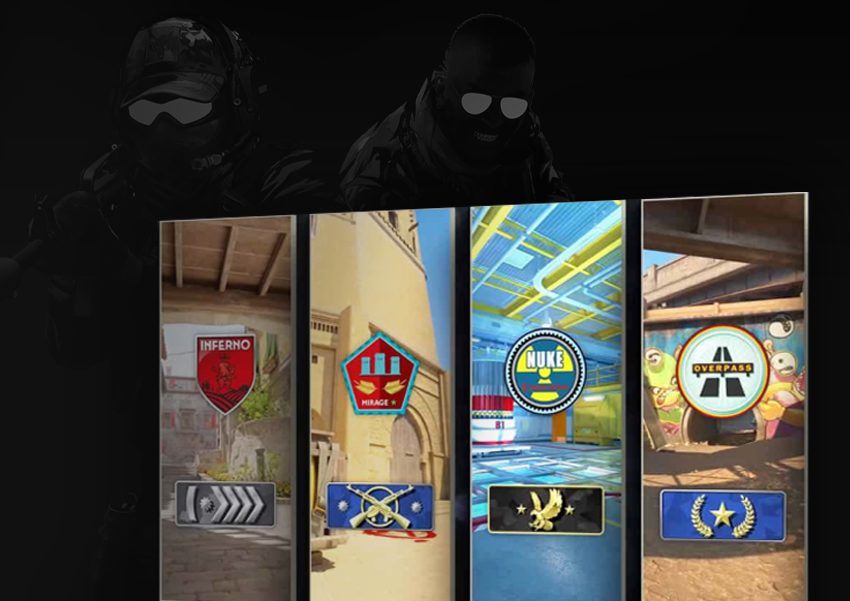
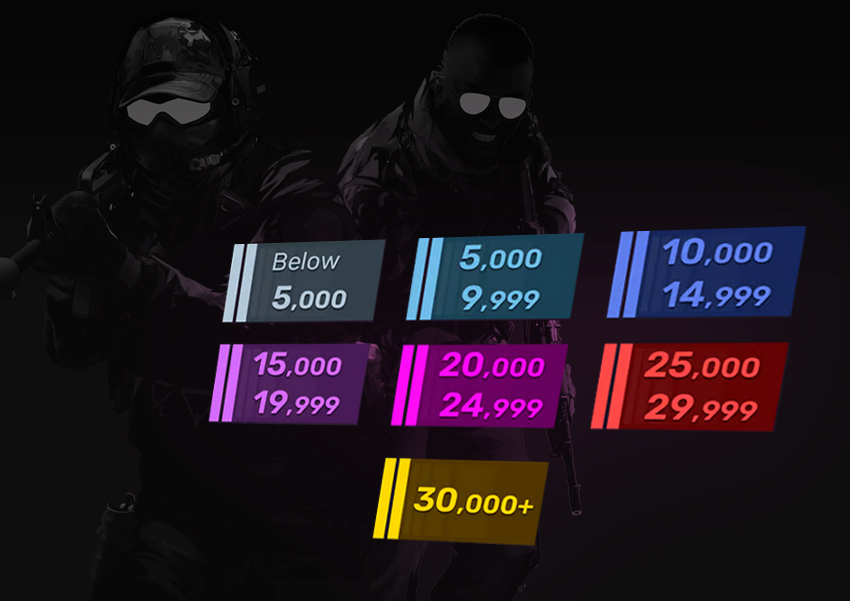

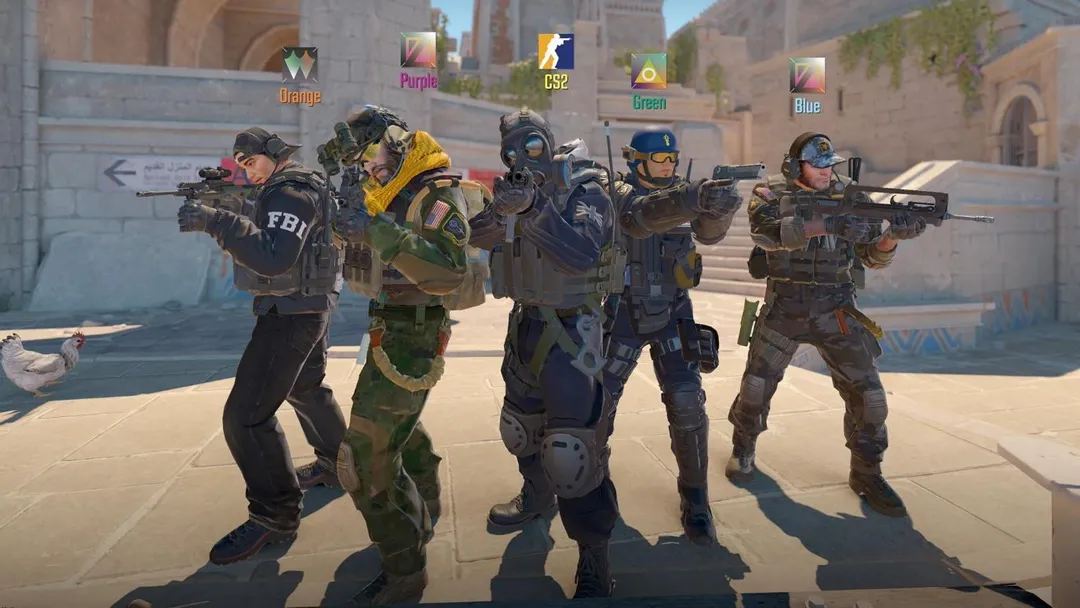

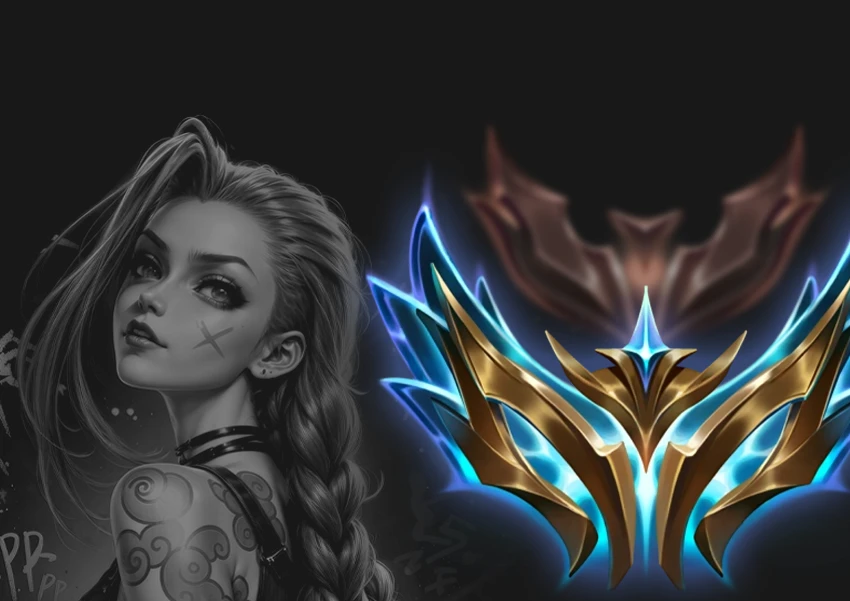

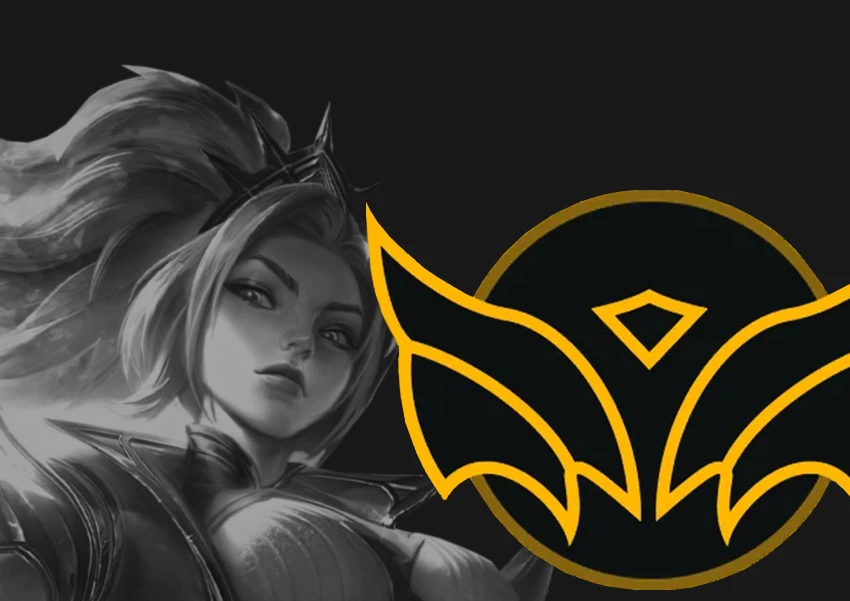

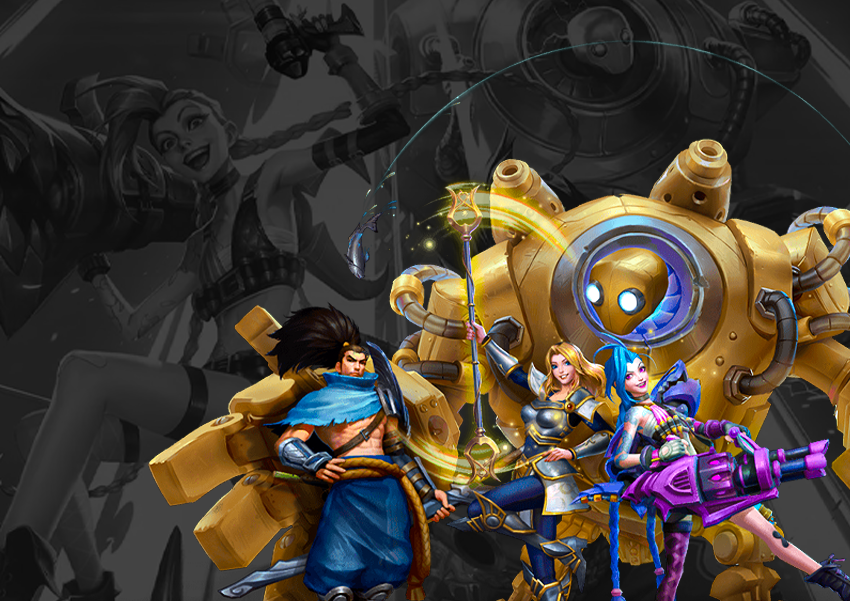




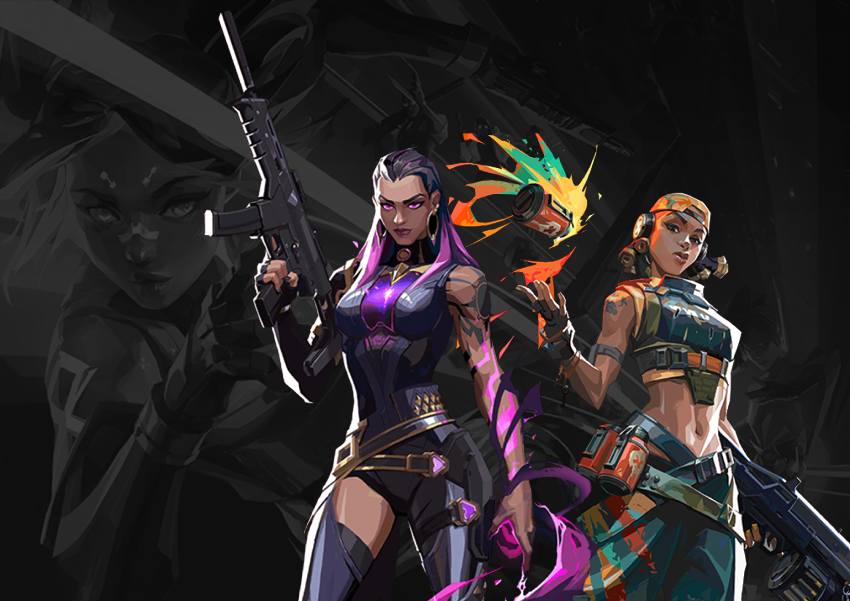
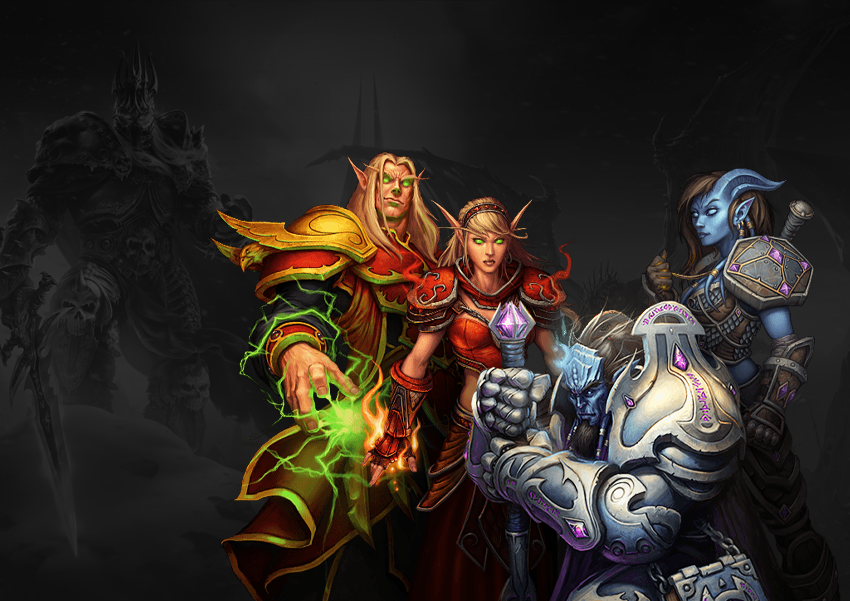

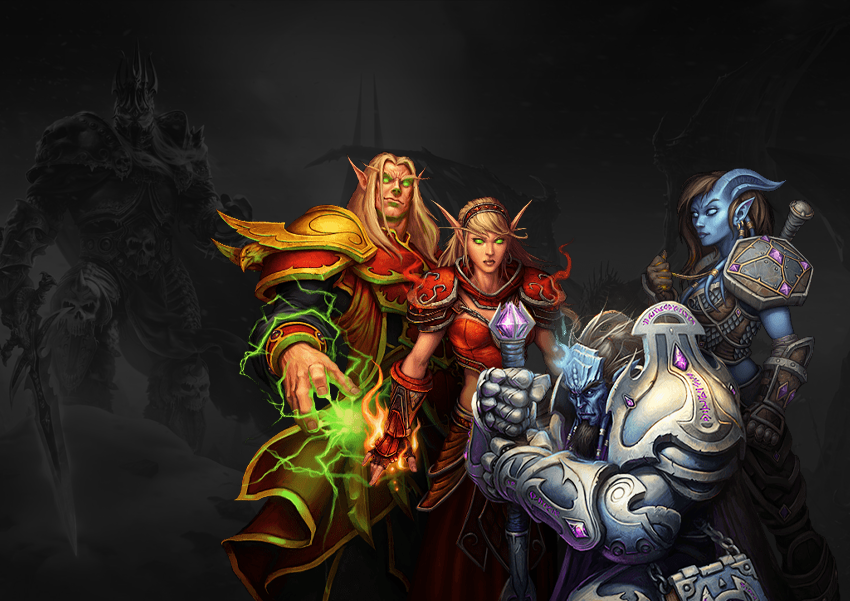
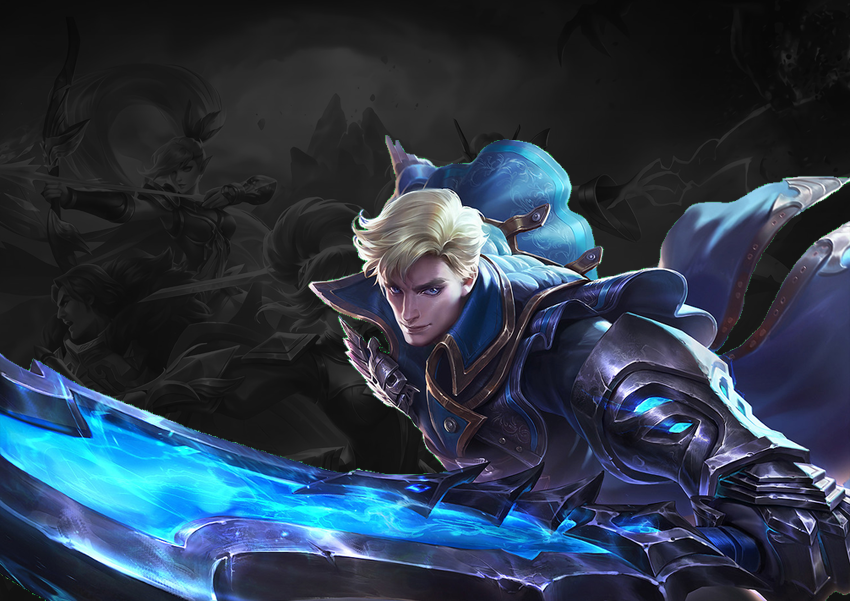

Comments on the article
Поки немає коментарів. Будьте першим!
Leave a comment